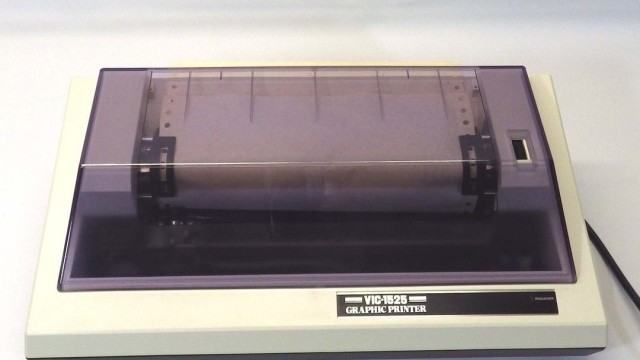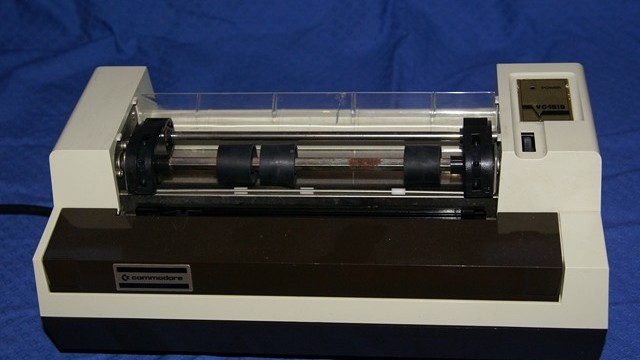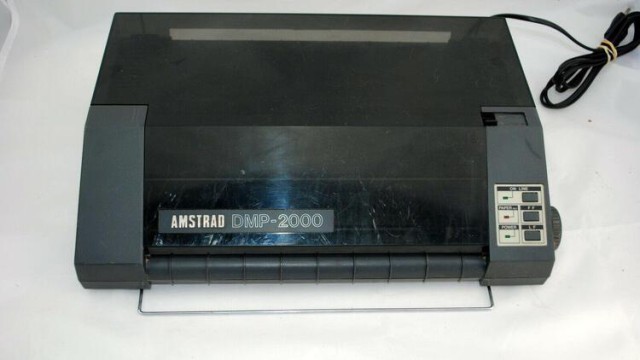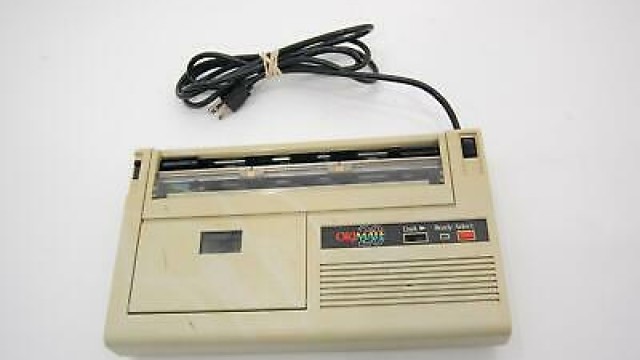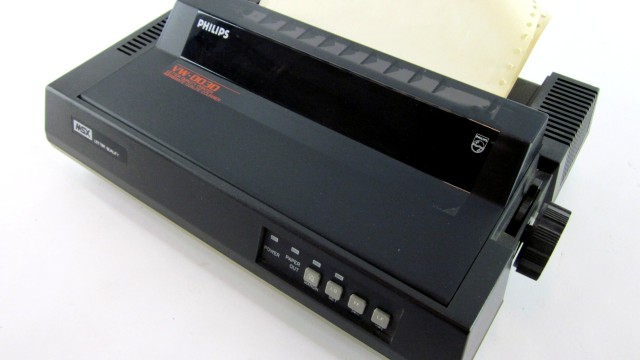Printers peripherals for old personal computers
 Seikosha SP-180
Seikosha SP-180
9-pin dot matrix printer with support for NLQ (Near Letter Quality) mode, achieving results comparable to 24-pin printers.
Manufactured by a subsidiary of the Japanese brand SEIKO.
 Seikosha GP-50
Seikosha GP-50
5-inch continuous-print dot matrix printer.
The Seikosha GP-50S model, instead of a parallel port, has a bus connector for Sinclair Research computers: the Sinclair ZX80, Sinclair ZX81, and Sinclair ZX Spectrum.
The Seikosha GP-50MX model came with a parallel port interface and was compatible with MSX computers.
 Centronics Model 101
Centronics Model 101 The Centronics Model 101 was introduced at the 1970 National Computer Conference. The print head used an innovative seven-pin solenoid impact system. Based on this design, Centronics later claimed to have developed the first dot matrix printer.
 EPSON TX-80
EPSON TX-80 In June 1978, the TX-80 80-column dot matrix printer was introduced, primarily used as a system printer for the Commodre PET computer. After two years of further development, an improved model, the MX-80, was released in October 1980, becoming the best-selling printer in the United States.
 Centronics 737
Centronics 737 Serial dot matrix printer, which allowed monospaced or proportional characters.
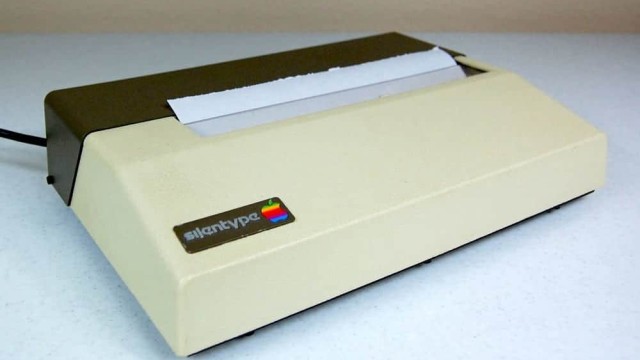 Apple Silentype
Apple Silentype
The first printer produced by Apple.
It was a small, quiet, 80-column thermal printer designed for the Apple II Plus and Apple III.
 ZX Printer
ZX Printer Thermal printer on metallized paper manufactured by Sinclair Research for its Sinclair ZX81 home computer.
 Epson LX-90
Epson LX-90 This printer was quite similar to the LX-80, but required a specific emulation interface to be connected to each of the different computers: Commodore 64, Atari XE/XL, IBM PC, IBM PCjr and Apple IIc.
 Commodore MPS-803
Commodore MPS-803 Commodore's seven-pin dot matrix printer of the MPS series, which used continuous paper.
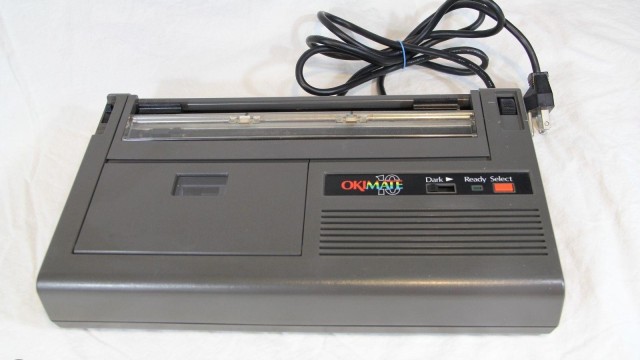 Okimate 10
Okimate 10 It had a "plug 'n print" interface with modules for Commodore, Atari, IBM PC, and Apple computers.
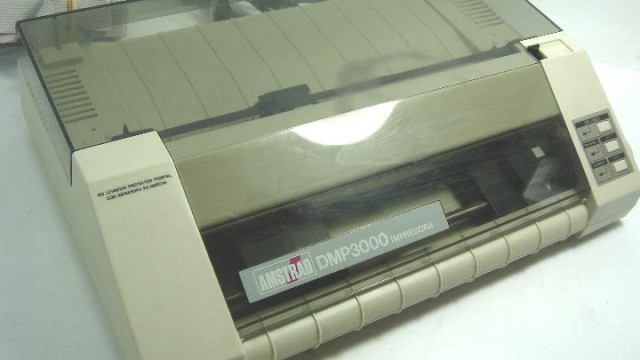 Amstrad DMP3000
Amstrad DMP3000 9-pin printer that became very popular when sold as a set with the Amstrad PC1512 and Amstrad PC1640.
 IBM Personal Printer Series II (PPS II) 2381
IBM Personal Printer Series II (PPS II) 2381 Wide-carriage printer, similar to the 2380









